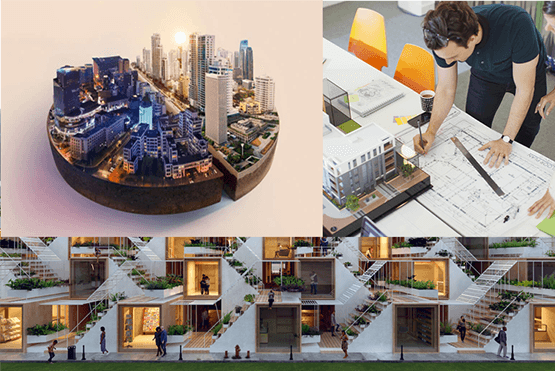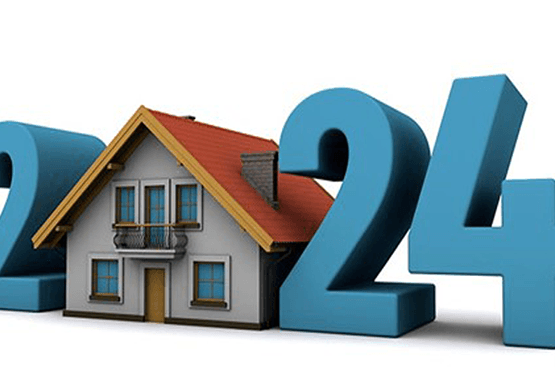In the ever-changing landscape of global architecture and urban planning, the role of architects and planners in shaping affordable housing has undergone a remarkable evolution. This transformation is not just limited to the structural elements of buildings but extends to the very fabric of societies, addressing the critical need for accessible and sustainable housing solutions.
Architectural Innovation in Affordable Housing
Architects around the world are now at the forefront of designing innovative and cost-effective housing solutions. The traditional notion that cutting costs means compromising on design aesthetics is being challenged. Forward-thinking architects are incorporating “sustainable materials” and energy-efficient technologies to create homes that are not only affordable but also environmentally friendly.
Sustainable Materials and Design
Architects are increasingly turning to sustainable materials such as recycled steel, bamboo, and reclaimed wood. These materials not only reduce construction costs but also contribute to the overall sustainability of the housing project. Incorporating “energy-efficient design principles”, such as proper insulation and natural ventilation, further enhances the affordability and liveability of these spaces.
Urban Planning Strategies for Affordable Housing
Urban planners play a pivotal role in ensuring that affordable housing projects are seamlessly integrated into the existing urban fabric. Their strategic approach involves thoughtful consideration of factors like infrastructure, transportation, and community development.
Smart Infrastructure Integration
The evolution of affordable housing involves more than just constructing buildings; it’s about creating communities. Urban planners are employing smart infrastructure integration, ensuring that these developments have access to efficient public transportation, educational institutions, and healthcare facilities. This not only enhances the quality of life for residents but also adds long-term value to the community.
Inclusive Community Spaces
One of the significant shifts in urban planning for affordable housing is the emphasis on creating inclusive community spaces. These spaces go beyond the traditional concept of housing projects, incorporating parks, communal gardens, and recreational areas. This fosters a sense of belonging and community, addressing social challenges often associated with affordable housing.
Global Perspectives on Affordable Housing
The evolving role of architects and planners is not confined to a specific region; it’s a global phenomenon. Different countries and cultures are adapting to the changing needs of their populations, and architects are rising to the challenge.
Scandinavian Model: Focus on Sustainability
Scandinavian countries have long been at the forefront of affordable housing solutions. Architects in these regions prioritize sustainability, often using prefabricated modular structures to reduce costs and construction time. This approach not only ensures affordability but also aligns with the region’s commitment to environmental conservation.
Asian Megacities: Vertical Solutions
In densely populated Asian megacities, architects are turning to vertical solutions to address the scarcity of space. High-rise buildings with efficient space utilization and shared amenities are becoming the norm. This vertical approach not only maximizes the use of limited space but also offers affordable housing options in prime urban locations.
Challenges and Opportunities in Affordable Housing
While the evolving role of architects and planners brings about positive changes, it also presents challenges that need to be addressed for sustainable development.
Regulatory Hurdles
Navigating through complex regulatory frameworks can be a significant challenge in affordable housing projects. Architects and planners must collaborate with policymakers to streamline regulations, ensuring that the construction process is both efficient and cost-effective.
Financial Accessibility
The financial aspect remains a critical challenge for both developers and prospective homeowners. Architects and planners must work hand-in-hand with financial institutions to create innovative financing models that make affordable housing accessible to a broader demographic.
Shaping the Future of Affordable Housing
The evolution of the role of architects and planners in shaping affordable housing is a testament to the industry’s commitment to positive change. By embracing innovation, sustainable practices, and community-focused design, architects and planners are not only building structures but creating homes and communities that stand as pillars of progress on a global scale.





